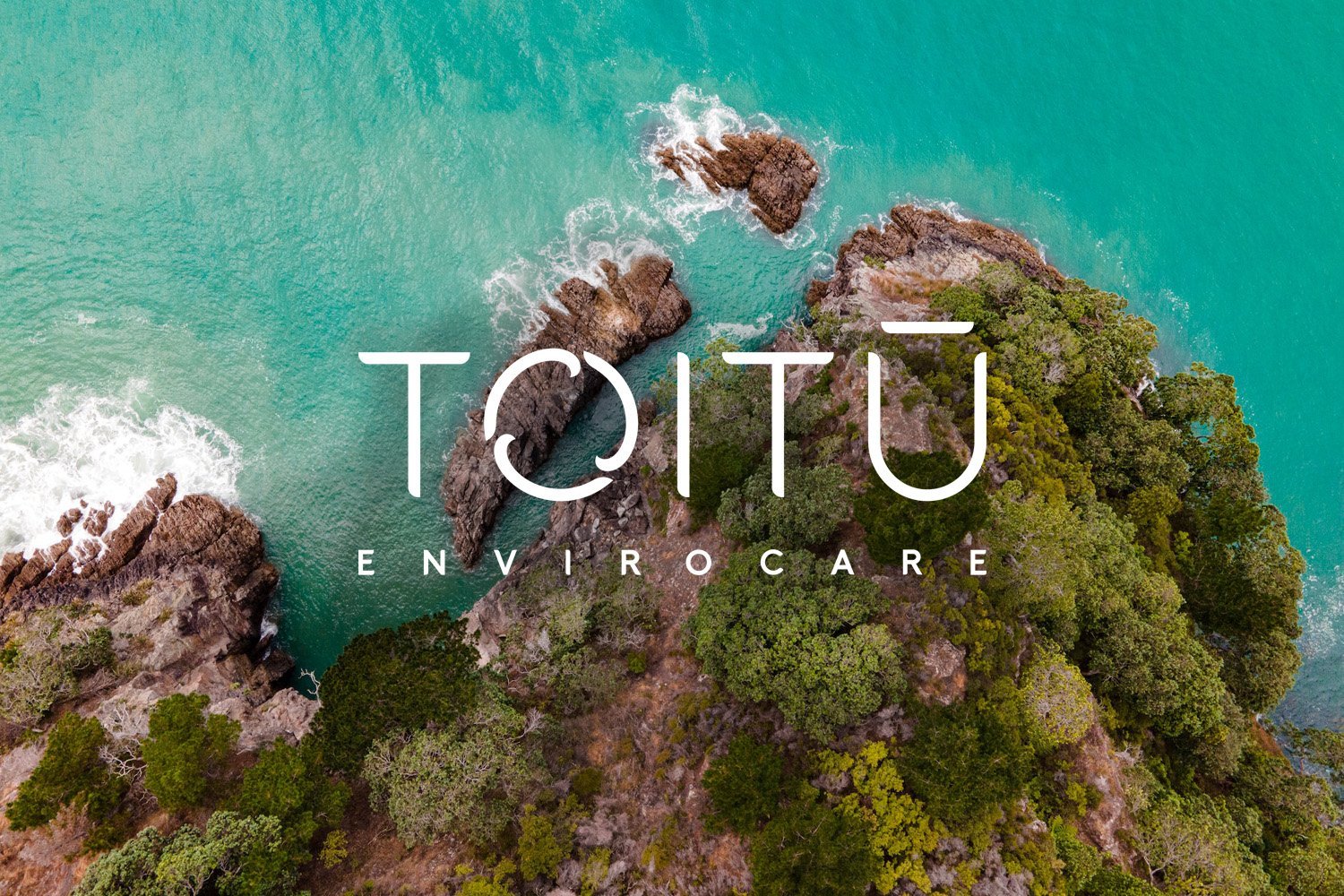We’ve submitted our Climate Positive application!
Our submission for the Toitū Climate Positive certification has been a real education. The complex process of certification has helped us understand our footprint and where we need to focus on improvements.
In part one of our blog series about Brightly applying for Toitū Climate Positive certification, we talked about why it’s important to us, what we’re tracking and where we plan to make reductions to our emissions.
After we put the data together for Toitū and audited it with them, we saw one very big area where we can reduce our emissions: our scope 3 (supply chain) emissions.
Scope emissions and categories explained
The Climate Positive certification involves measuring Scope 1, 2 and 3 emissions. These terms come from the Greenhouse Gas Protocol and align with Categories 1–6 in the ISO 14064-1 standard. Scopes 1 and 2 refer to our direct emissions and Scope 3 is indirect emissions. Indirect emissions are from elsewhere in the supply chain, like the products we purchase and their lifecycle.
The emissions scopes reflect how much control the certifying organisation has over them. That’s why it’s mandatory to measure all data that falls under Scopes 1 and 2 (if applicable). For Scope 3, which we have less control over, what we measure depends on the significance of the emissions: significant, moderate or de minimus (less than 1% of spend).
We use spending figures and assumptions to get an estimate for things we’re unable to measure. These estimates will become accurate measurements as everyone in the supply chain improves how they track and measure emissions.
Reducing our supply chain emissions
We’re excited to see our numbers in black and white like this, because now we can put a plan into action that will reduce our Scope 3 emissions.
Here’s what that might look like:
Engaging with representatives from our suppliers
Having conversations about their emissions and setting strategies to reduce them
Finding out what our suppliers are already doing to manage their emissions
We’ll send this information to Toitū, and we’ll need to recertify every year. This data will help us whenever we need to measure our impact, including for our B Corp recertification.
Our findings will have an impact on how we do business as we constantly strive for reductions and improvements. As Toitū says, there is no ‘done’.
The application process makes it clear that businesses need to be invested in climate action. Even for an organisation of our smaller size, the volume of data gathered and measured was immense.
Although purchasing carbon credits to offset emissions is part of it, this is a temporary measure – the goal is to set and meet reduction targets and support our suppliers to do the same.
To learn more about how Toitū Envirocare is supporting businesses to reduce their emissions, read about the Climate Positive certification on their website.

